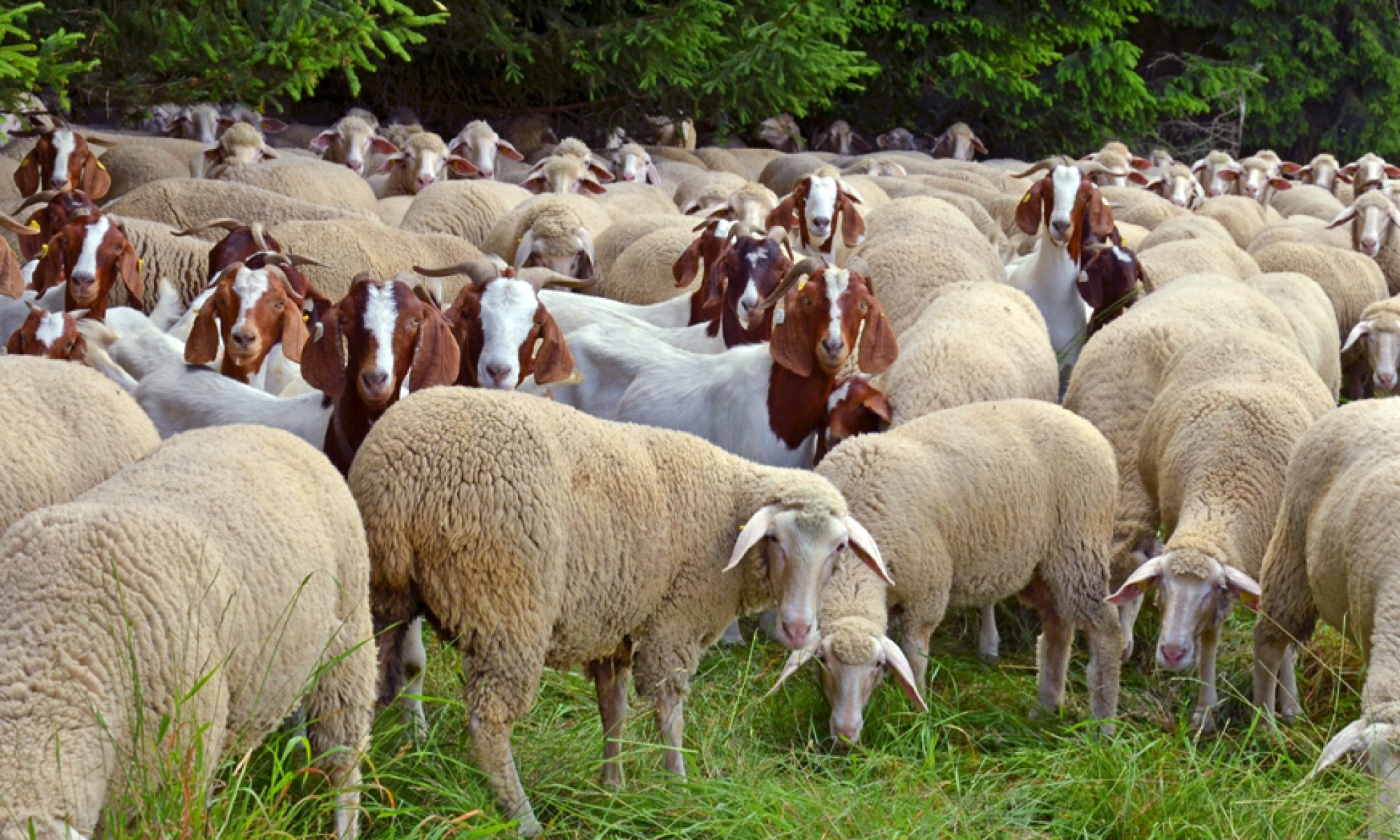Bad taste is a complicated subject. I know this because I’ve been exploring it as a subject for a book. If you think about it, we are living in a world dominated by bad taste, however you want to define the term.
It used to be that bad taste could be shuffled off by the elites as just something the kinky and unenlightened produce. Elites like Susan Sontag (On Camp, 1964) treated bad taste (here, camp and kitsch) to lengthy academic analysis, a superior form of lighthearted putdown.
I have a book called The Encyclopedia of Bad Taste (1991) in which Jane and Michael Stern roast and ridicule everything from nose jobs and Polynesian food to Lawrence Welk. It used to be a class identifier that we could snicker and laugh at these things. But no more.
I recently looked over my blog posts and saw a host of grim subjects that I sometimes tried to lighten up with personal humor. I hope that was not like the impulse that moved the Sterns to make fun of lower-class culture. But recent polls by Pew show that Americans are grim and very pessimistic about the future, not to mention the present.
And why shouldn’t they be? About some bad taste there’s really no disputing, the latest example being Marjorie Greene’s recent display of Hunter Biden’s naked sex pix in Congress. She should have been expelled for that but was not because even extreme bad taste is now tolerated and accepted—in Congress yet.
When we were growing up, a fart in church was funny bad taste, according to George Carlin. How far we’ve come from those days. A 2022 survey of pop culture is totally depressing, in part because I can’t recognize most of the people and events referred to. “A little bad taste is like a nice dash of paprika,” said Dorothy Parker. Too much is like a dose of habanero.
Last year Time Magazine said in pop-eyed language:
The 20-year nostalgia cycle, climate-change nihilism, information saturation, streaming-era content overload, and our collective Long COVID of the soul have converged in a tidal wave of tackiness. . . . Yet what’s remarkable about this particular pendulum swing is that after centuries of wrestling with hierarchies of taste, the cultural stigma that has always come with indulging in bad taste has disappeared.
So far there seems to be no backlash to the flurry of bad taste. I mean why haven’t the Democrats produced compromising pictures of M.T. Greene in flagrante and shown them in Congress? The younger culture seems at times to be pursuing a sense of doom, maybe nihilism. If culture is enlightenment, the new bad taste glorifies most any excess and flouts the most accepted of values. Are the Barbarians at the gates?
In a way, bad taste has always done this but often with a sense of humor, as in camp and kitsch. Humor is not fashionable now, but as I tried to say in a piece about Oscar Wilde it is part of survival. Now whatever we define as good taste must subsume everything bad taste is not. Without bad taste, how could good taste thrive?
P.S. The game is not over. Hearing yesterday about Tony Bennett’s passing made me realize that good taste still exists; it’s just hibernating. Tony was a wonderful man who made a career out of good taste—in music and in his life. That life and his talent, all 96 years of it, represented the kindest and best of American culture. He made good taste popular.


Bad taste is also good business. As HL Mencken said about 100 years ago, ” Nobody ever went broke underestimating the taste of the American public.”
In order to have bad taste, a culture must have good taste. The assault on excellence, the Greek arete, which is the basis of western civ, has produced influencers instead of artists. Arete is now seen as a wicked vice of the privileged. As the Nobel Laureate Saul Bellow said- where is the Tolstoy of the Zulus; the Proust of the Papuans. Before poo-pooing bad taste, you must have some standard of good taste. Otherwise its treaders in the slush of mediocrity.
Well, Robert, as I said above, “Now whatever we define as good taste must subsume everything bad taste is not. Without bad taste, how could good taste thrive?” The real problem is defining good taste so that it’s not simply exclusionary. That’s not easy and it’s what drove me to think about doing a book.